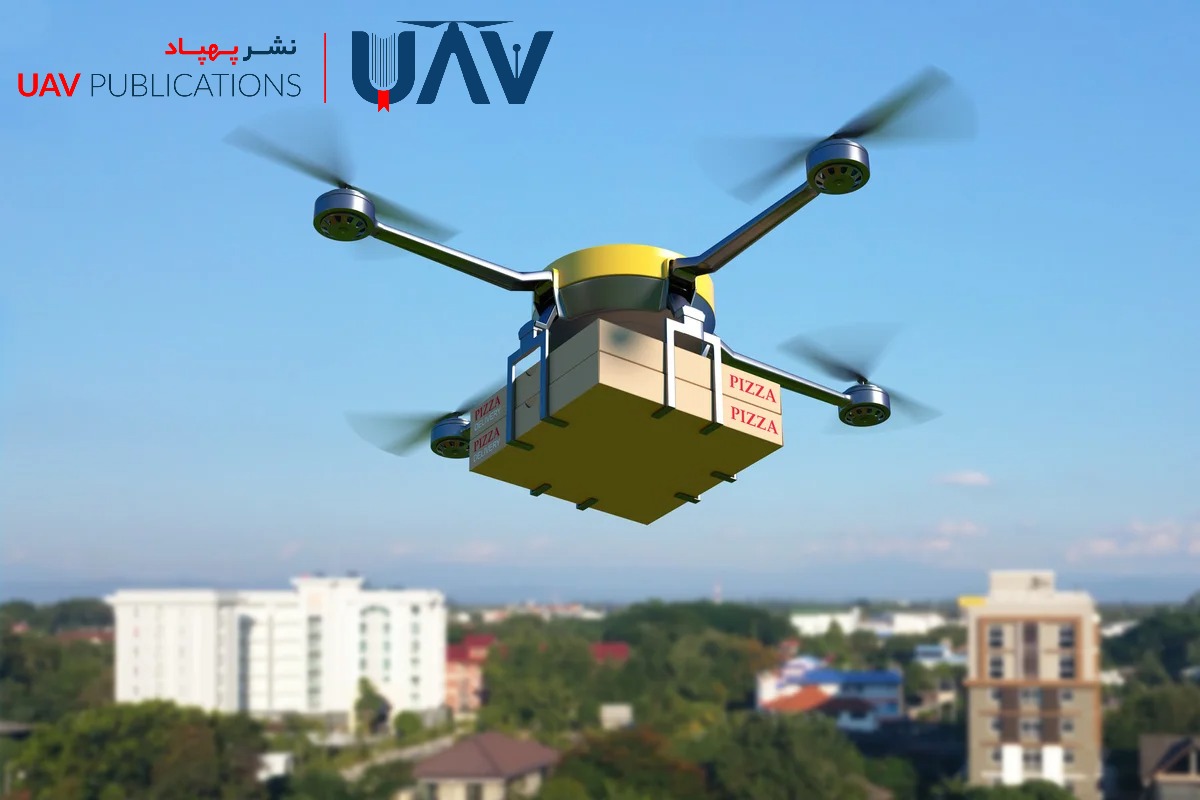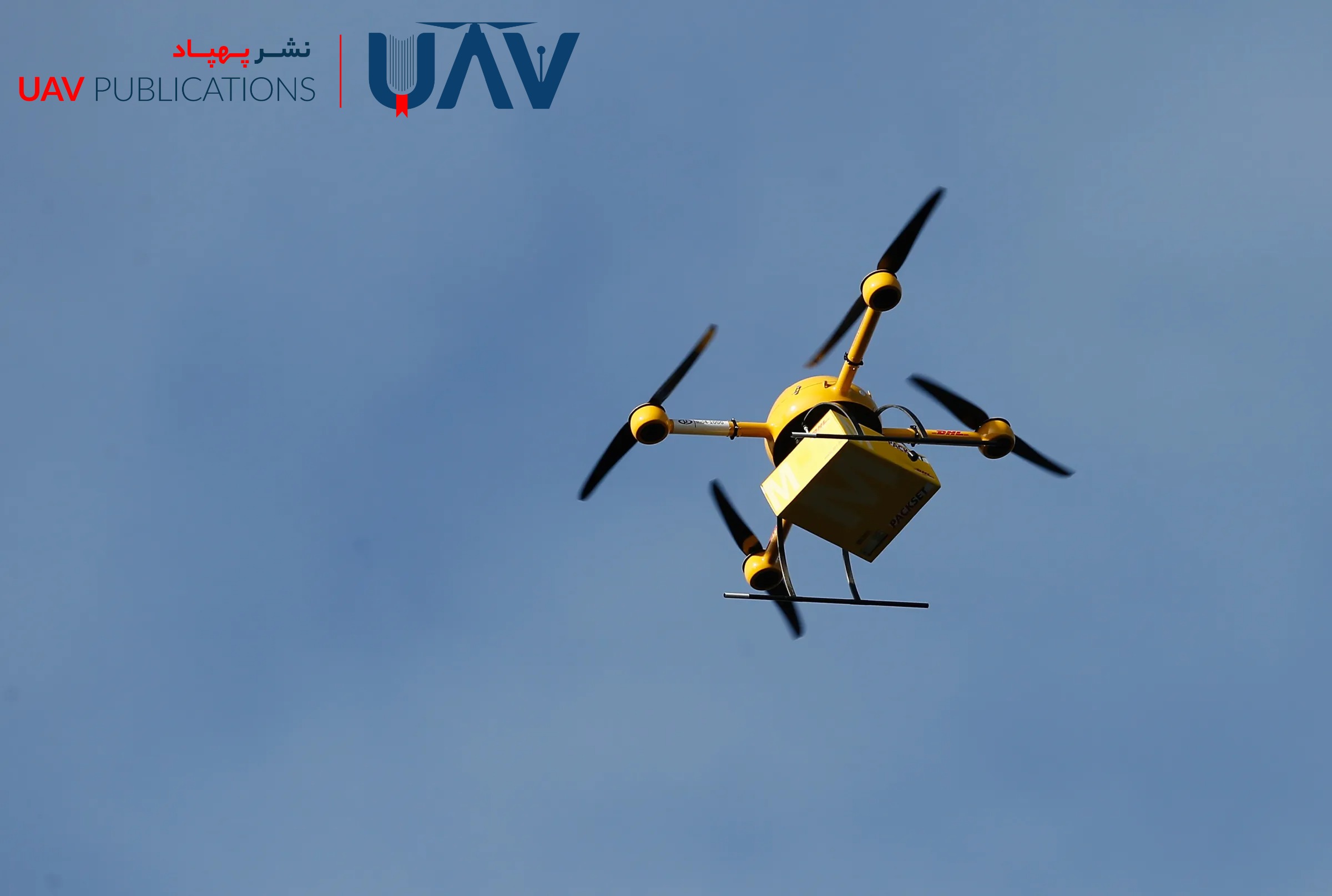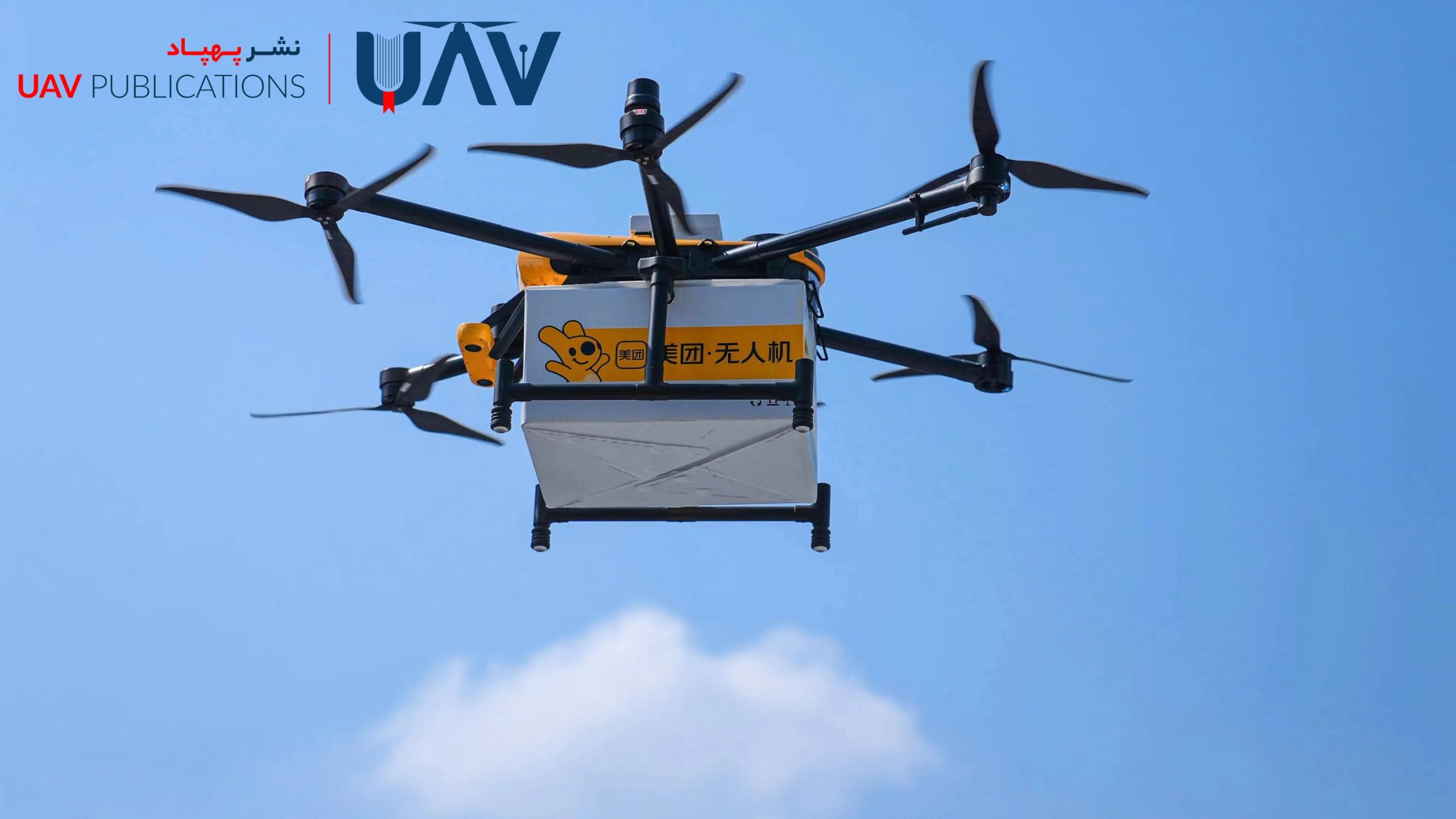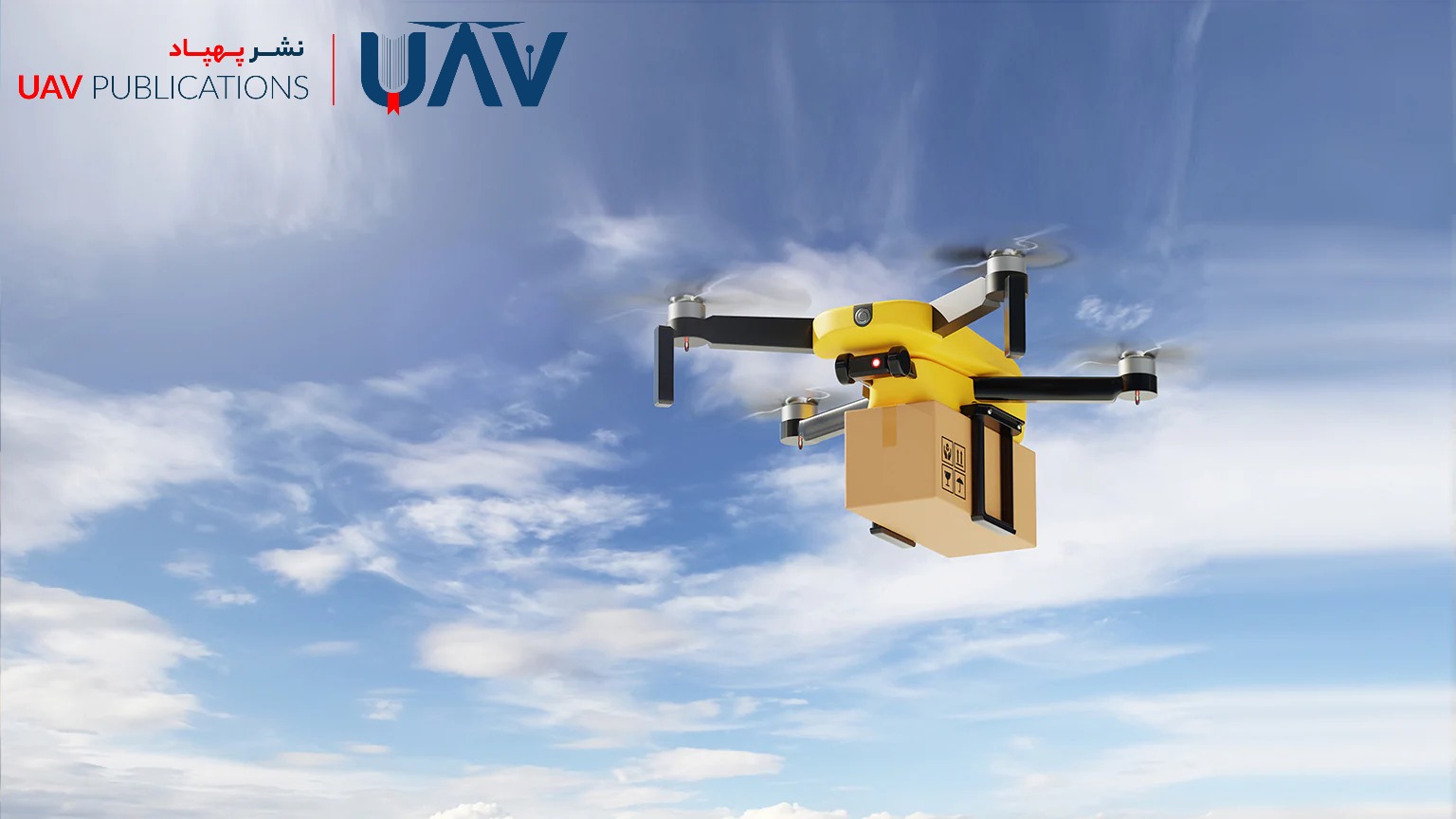A Logistics Revolution: Drone-Powered Transportation
With rapid technological advancement, the logistics industry is undergoing a fundamental transformation, prominently marked by the integration of unmanned aerial vehicles (UAVs), commonly known as drones, into transportation systems. With capabilities such as autonomous flight, high speed, and access to hard-to-reach areas, UAVs offer an innovative solution for fast, efficient, and cost-effective delivery. Their deployment within supply chains—particularly in drone-based transportation—enables swift and economical delivery of goods. Major global logistics corporations, including Amazon, UPS, and DHL, have invested heavily in this field, signaling that the future of transportation is inextricably tied to UAVs.
Moreover, in remote or crisis-affected areas, UAVs can rapidly deliver essential supplies, including medicine, food, and emergency supplies. These capabilities have elevated drone transportation from a supplementary service to a strategic pillar of modern logistics. However, fully realizing this potential requires updates to urban infrastructure and aviation regulations to ensure system safety, accuracy, and reliability. One can envision a not-so-distant future where drones, rather than traditional trucks and motorcycles, navigate the skies above cities, executing deliveries with unprecedented precision and speed.
Key Advantages of UAV-Based Transportation
A primary advantage of UAV transportation is the significant reduction in delivery times. Drones fly directly from origin to destination, bypassing traffic congestion and delays common in ground-based logistics. This is particularly crucial for time-sensitive industries such as e-commerce and healthcare. Another significant benefit is operational cost savings. UAVs do not rely on fossil fuels and operate on lower energy consumption, reducing overall expenses.
In densely populated urban environments or isolated rural areas, drones provide high-efficiency service delivery. Environmentally, their electric operation results in lower emissions and a minimal carbon footprint. Furthermore, drones can transmit real-time data on route conditions, weather, and atmospheric changes to central systems, enhancing route optimization and logistical decision-making. Altogether, UAVs not only meet current logistics needs but also pave the way for a more innovative, more sustainable, and rapid transportation future.
Diverse Applications of Drones in the Supply Chain
Drone transportation extends beyond the delivery of small packages. Today, their utility is expanding across the entire supply chain. In procurement, drones can transfer components and equipment across production lines. In distribution, they enable fast delivery in both urban and rural settings. Even in warehousing, some companies use drones for inventory scanning and stock counting. These applications demonstrate the adaptability of UAVs in meeting diverse logistical requirements.

In the medical sector, drone logistics play a vital role, ranging from transporting lab samples and medical kits to delivering blood supplies swiftly to treatment centers. For temperature-sensitive or humidity-critical items, UAVs offer precise environmental control during transit. During emergencies such as earthquakes or floods, drones can act as first responders, delivering essential supplies to affected zones. This broad functionality has positioned UAV-based logistics as a key driver in the global transformation of the supply chain.
Regulatory and Infrastructure Challenges in UAV Logistics
Despite its advantages, drone transportation faces several challenges. A significant concern is the absence of unified legal frameworks governing drone operations in urban and non-urban areas. Regulatory discrepancies across countries—shaped by geographic, security, and economic considerations—impede the global scalability of drone logistics. Additionally, the infrastructure needed for effective UAV deployment remains underdeveloped. There is a critical need for charging stations, safe aerial corridors, and drone-specific air traffic control systems.
Cybersecurity presents another pressing issue, as drones are vulnerable to hacking and communication disruptions that could endanger both goods and public safety. Privacy concerns also arise, particularly in residential zones, where drone flights must respect personal boundaries. Public trust and acceptance will require clear policies, public education, and widespread awareness. By addressing these challenges, UAV transportation can be implemented safely, sustainably, and on a global scale.
The Role of Artificial Intelligence in Drone Navigation
Artificial intelligence plays an essential role in the operation and management of UAV-based logistics. Intelligent flight control systems, advanced routing algorithms, and environmental data analysis are all enhanced through AI. One of AI’s most notable contributions is the development of autonomous drone navigation, which eliminates the need for human intervention. By processing geographic data, weather conditions, and air traffic information, AI systems select the most efficient flight paths.
In emergencies or sudden route changes, intelligent systems allow real-time decision-making and course adjustments. Machine learning enables drones to refine their performance through repeated flights. For large-scale operations involving hundreds of deliveries, AI algorithms optimize task distribution among UAVs. Analyzing flight data also helps improve route planning, energy efficiency, and overall productivity. In essence, integrating AI with UAV transportation creates an innovative and dynamic foundation for modern logistics.
The Impact of UAV Logistics on Employment
The expansion of UAV logistics is reshaping the job market and employment structures. Traditional transportation roles, such as motorcycle couriers or light vehicle drivers in urban areas, may see reduced demand. However, this technological disruption also generates new opportunities in drone design, maintenance, flight data analysis, cybersecurity, and programming intelligent systems. The need for professionals in UAV-related logistics planning is steadily increasing.

Organizations adopting this technology seek personnel skilled in software operation, data analysis, and operational management. This trend suggests that technology does not eliminate the human workforce, but rather transforms job patterns and demands new competencies. Consequently, specialized education in drone technology and intelligent systems is becoming a vital requirement for the future labor market.
Environmental Sustainability of UAV Transportation
One of the standout benefits of UAV-based transportation is its reduced environmental impact. Primarily powered by electricity, drones eliminate the need for fossil fuels. This results in lower carbon dioxide emissions and reduced noise pollution, particularly in urban areas. Studies show that replacing portions of traditional transportation with drones can cut energy consumption and emissions by up to 40%.
UAVs also enable precise flight paths based on environmental and traffic data, further optimizing energy and time usage. In ecologically sensitive areas, drones offer controlled flight operations that minimize ecosystem disruption. Over time, widespread adoption of UAVs could steer supply chains toward greater sustainability, mitigating climate and environmental harm. Thus, UAV transportation is not just a technological breakthrough but a pivotal step toward greener logistics.
Smart Urban Infrastructure for UAV Integration
Scaling UAV transportation requires the development of appropriate urban infrastructure. This includes automated charging stations throughout cities, UAV-specific air traffic control centers, and live tracking and monitoring systems. A smart city must be capable of analyzing real-time drone data and optimizing routes accordingly. For example, secure rooftop landing pads or designated urban parking zones can facilitate easy package delivery.
Early-warning systems for adverse weather or restricted zones will also enhance drone safety. Equally important is the development of user-friendly apps that enable end-users to track deliveries in real-time. The combination of these systems with IoT and 5G networks will drive the emergence of an innovative logistics ecosystem anchored by UAV transportation. Such an infrastructure would integrate drones seamlessly into urban life.
Global Experiences in Drone Logistics
Across the globe, several successful UAV logistics initiatives have already taken flight. In countries like Rwanda and Ghana, drones have significantly reduced delivery times for medical supplies to remote areas, from hours to mere minutes. In the United States, pilot programs such as Amazon Prime Air and UPS Flight Forward have demonstrated the accuracy of urban parcel delivery capabilities. In Europe, nations like Germany and Sweden have initiated UAV networks connecting hospitals.

These examples confirm that UAV logistics is no longer a futuristic concept but a present-day reality. Field studies report reduced costs, increased customer satisfaction, and improved healthcare access. Such advancements signal a clear global shift toward intelligent logistics systems.
The Future Outlook of UAV-Based Transportation
The future of drone transportation lies in the expansion of integrated UAV networks. In the near term, we will see UAVs flying along predefined routes, communicating with each other, and delivering packages autonomously from origin to destination. Improvements in battery technology, drone weight reduction, and advanced routing algorithms will enable drones to carry larger payloads.
Furthermore, the integration of UAV logistics with other urban mobility systems, such as air taxis and autonomous electric vehicles, will create a new paradigm for advanced transportation ecosystems. In the coming years, drone logistics will become an integral part of daily life, enabling users to receive their packages within minutes via mobile applications. While still evolving, this technology promises a faster, greener, and brighter future for global supply chains.

